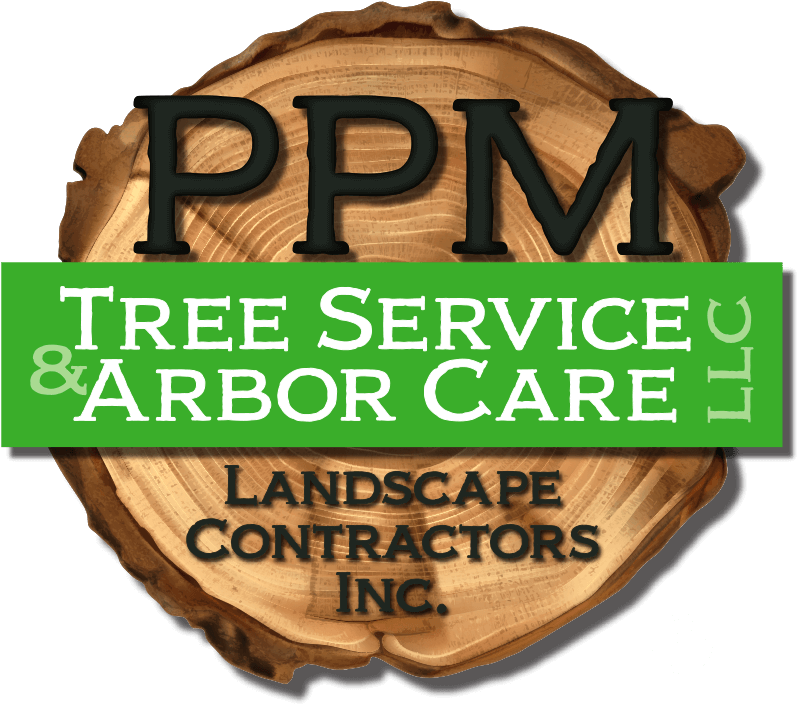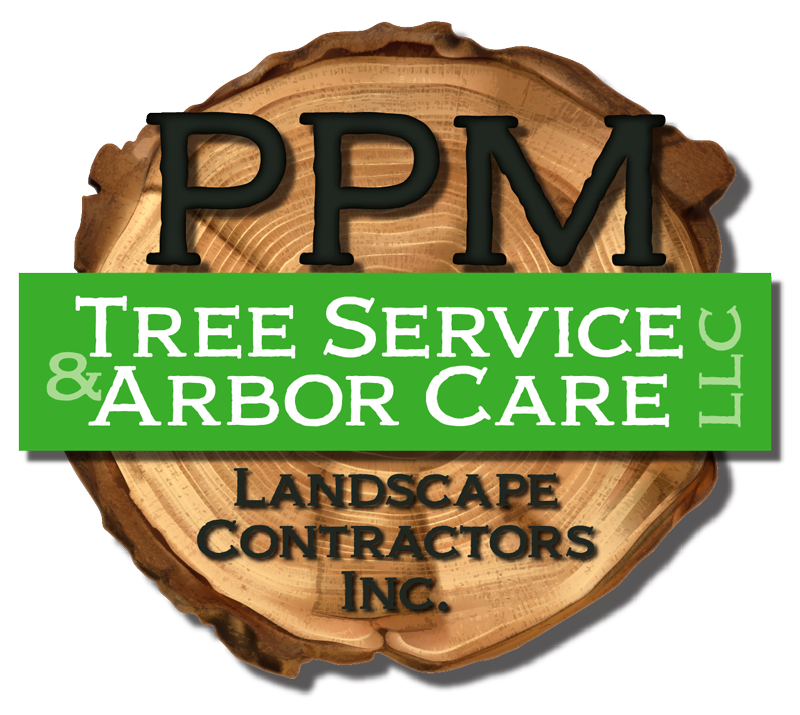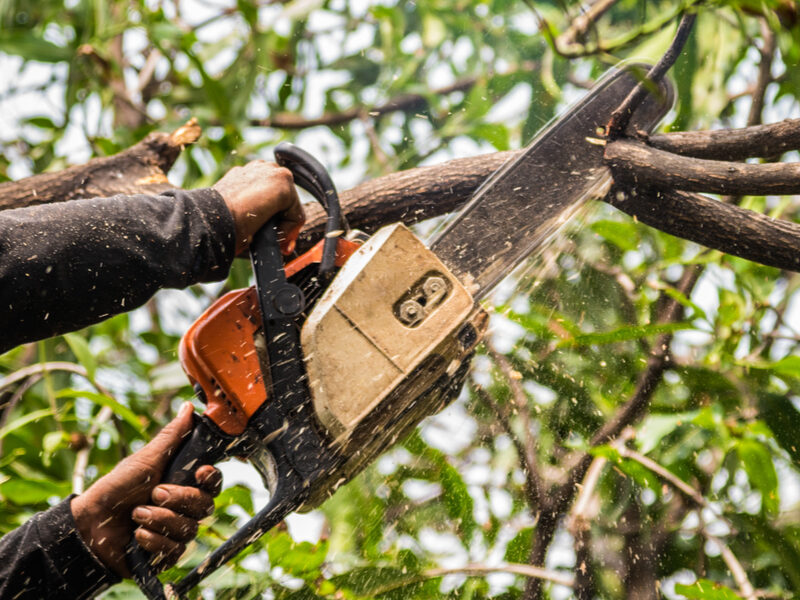Fall Tree Pruning Guide: How Topping Can Harm Your Trees
In their natural environment in a forest setting, trees can maintain themselves. However, in our yards, trees need a little more love and attention. Pruning is the cutting or trimming of tree branches and is the most common type of tree maintenance. There are several techniques used to properly prune a tree in a healthy and safe way.
Cleaning: The removal of dead, dying, or diseased branches.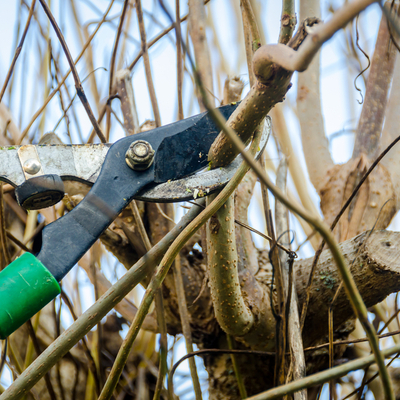
Thinning: Strategic branch removal to improve the structure and to increase light and air penetration. Thinning reduces weight on heavy limbs and helps retain the tree’s natural shape.
Raising: Raising is the removal of the lower branches of the tree to allow you to walk or drive under it.
Reducing the Size of a Tree
Sometimes trees can get too big and outgrow the space or yard they are in. Other times trees need to be reduced in size because of utility lines. Tree topping and crown reduction are pruning techniques that are used to reduce the size of the tree, but one method is more harmful to the tree and should be avoided.
Tree Topping
Topping trees is an overused and harmful way of pruning trees. Topping is done when all the major branches of a tree are cut off without any secondary branches to assume the role of leader. Topping is very harmful to trees and the removal of large amounts of foliage puts lots of stress on the tree by limiting the amount of light it can absorb. Despite this, topping is widely used among utility companies and amateur tree trimmers.
Topping is Unnecessary
Topping is usually requested by customers who have large mature trees in their yard and are scared that the limbs may break or the tree will fall and damage something. Topping is usually performed by inexperienced tree care professionals or amateurs. This is counterproductive because mature trees have extensive root systems that are adequately equipped to maintain stability.
Disease/Decay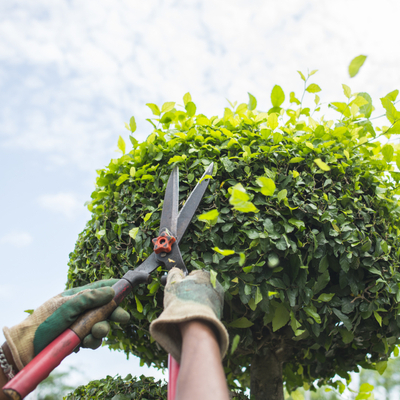
Topping often results in cuts that do not heal properly. A proper cut allows the tree to heal itself in a process called compartmentalization. When a tree is topped, however, it leaves crude cuts that cannot heal properly. This leaves the tree vulnerable to pests, diseases, and decay.
Crown Reduction
Crown reduction is a method to control the size of the tree but retain its shape. This is done by removing foliage from the crown but leaving secondary branches intact so they can take over as leaders. This reduces the overall size of the tree without compromising its shape. It is highly recommended to remove only 20% or less of the tree’s canopy i
n order to avoid harm to the tree.
Effects of Crown Reduction
The effects of crown reduction are minimal compared to topping. Properly trimmed trees will regrow their limbs and retain their shape. In addition, the time it takes for a tree to fill in is significantly less than a tree that has been topped.
Make PPM Your Trusted Tree Service
Tree pruning and crown reduction can be hazardous work if you don’t have the right experience or equipment. At PPM Tree Service and Arbor Care, you don’t have to worry about your trees being harmed or damaged. We treat trees with the respect they deserve and the respect you deserve.
Our tree care experts have years of experience pruning, cabling, and removing dangerous trees.
Give us a call at (877) 454-8733 or request a quote here. Hear about the latest news and offers from PPM by following us on Twitter and Facebook. Don’t forget to check out the monthly PPM Tree blog for all your tree care tips and tricks.
